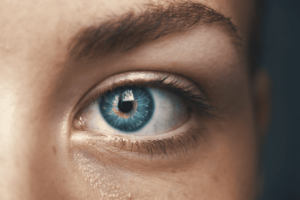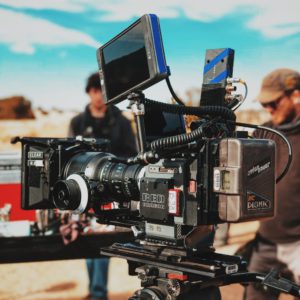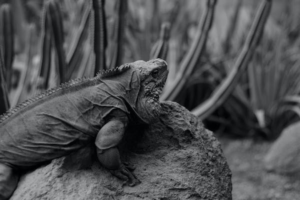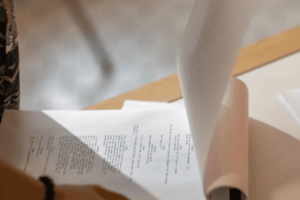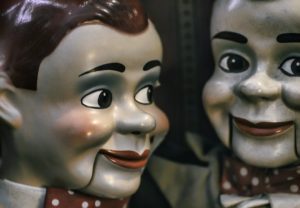2D and 3D animation have produced some of the most iconic characters in television and film. However, these characters must first be designed before they can be animated.
Iconic characters are more than just well-drawn figures. They are given personalities and details that make them memorable and enable them to tell stories. The purpose of character design is to achieve this. This article will look at why character design is important, what constitutes a great character design, and what the character design process comprises.
What is Character Design?
Character design is a technique for creating characters for animated films, comics, toys, advertisements, and publications. First, let’s look at the character design definition to understand better what the character designers are trying to accomplish.
Character design is the process of fully developing a character’s style, personality, behavior, and overall visual appearance in the visual arts. Character designers construct characters as a means of conveying stories. This means that every detail of a character, such as shapes, color palettes, and details, has been carefully chosen.
The aesthetic qualities of a character are frequently influenced by the details of a character’s personality. Thus, color theory, shape language, and even fundamental psychology can aid in the creation of a successful character design.
Key Elements of a Character Design
- Silhouette
- Color palette
- Exaggeration
The Aim of Character Design
The story is at the heart of all video games, animated television series, and films. Character is at the heart of all stories. These characters should be interesting, aesthetically exciting, and memorable, according to character design. Artists in the visual arts and animation can design characters from the ground up. This enables them to make use of every facet of design to establish a distinct personality.
Features of Good Character Design
It is all about clarity when it comes to character design. This entails a captivating design and one that is distinct regardless of how we view the character. The three elements of good character design are as follows.
Silhouette
A character silhouette remains after all colors and details have been removed. The contour of the character shape has been filled with black. You can use a character’s silhouette to identify them, which indicates effective character design. Take a look at the outlines below. How many characters can you identify solely by looking at their silhouette?

The silhouettes of a couple of these characters are easily identifiable. Yes, many of these characters have become famous, but it is due to solid, apparent character design.
It is critical to have a thorough understanding of shape language while constructing a distinct character silhouette. Learn more about the language of forms and how they contribute to successful character design in the video below.
Importance of Shape Language in Character Design
Palette
The usage of color by a character designer is referred to as a palette. Selectivity is crucial when it comes to color. The last thing you want is a character with a kaleidoscope of hues with no hierarchy or purposeful palette utilization. This will end up distracting rather than engaging the audience.

It is crucial to make one color the primary color of a character and utilize additional colors to support that color as much as possible. Instead of competing with each other, try to use colors that complement each other. Check out the video below on color theory in movies to learn more about the impact of different color palettes.
It is tempting to get carried away with color while designing a character, generating colorful and complicated color palettes. However, keep in mind that the simpler your color palette is, the better.
Exaggeration
Exaggeration is likely the most significant of the three main components of character design in terms of storytelling. Exaggeration is the deliberate use of specific features to provoke emotional and psychological responses from a character’s audience. For example, these exaggerated features might make the difference between a character art as heroic or scary by an audience.
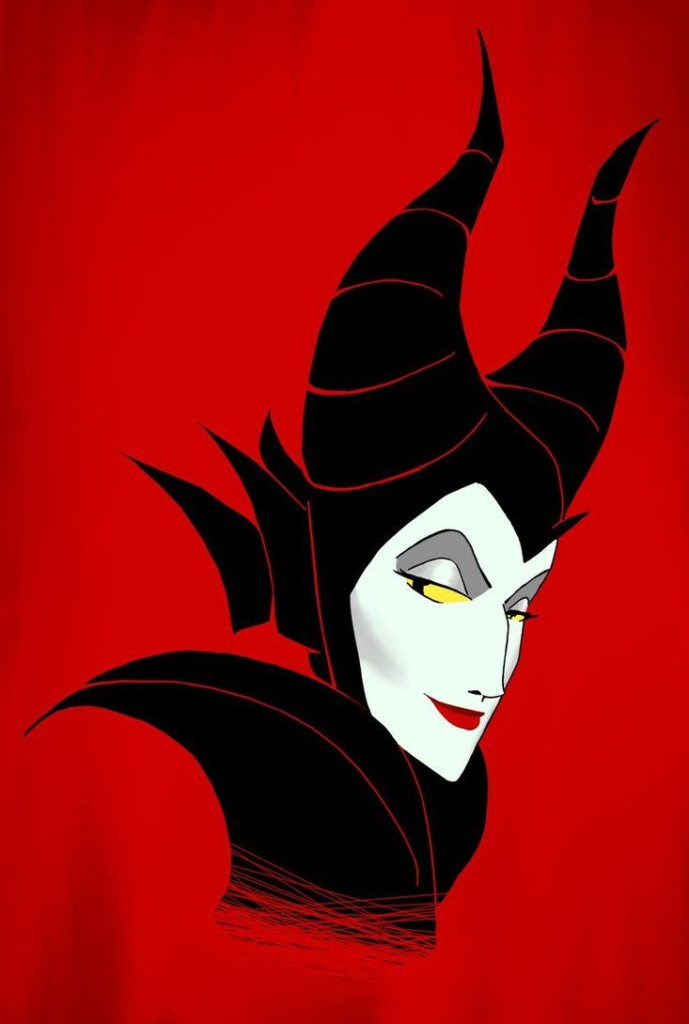
Exaggeration is the ultimate storytelling technique in character design, as explained in this video by BaM Animation.
Character design relies on three key elements: silhouette, palette, and exaggeration. While a character designer must consider many things, these three are frequently at the heart of making a character design memorable or entirely unforgettable.
The Process of Character Design
Let’s look at the basics of the character design process now that you understand the objective of character design and the critical components of successful character design.
Research
When it comes to character design, references are vital. Before even beginning to sketch, the artist must conduct extensive research on the actual object, depending on the character they create. For instance, suppose you want to make an animal character. Whether it is a hedgehog, a sphynx cat, or an eagle, you may learn more about it by viewing a documentary, reading about it, and searching for photographs on Google. This way, your research not only provides you with a thorough understanding of how these creatures act, walk, and what distinguishes them from one another but also immerses you in the subject.
Target Audience
Crucially, your design will be influenced by your target audience’s experiences. Before you do anything else, figure out who the character is trying to reach out to. This will be the foundation for the design. Knowing your audience will help you decide how the character should seem, including the colors to employ and the mood to establish. A client’s brief will usually include audience statistics. Still, you will want to go beyond demographics like age, gender, and geography to find out more. Look into other artists who create for that target group, as well as the styles they like.
Gather Reference Images
This leads us to our primary research method: collecting reference photographs or searching the internet for photos and artwork related to your subject. It is critical to recognize that referring to photos for inspiration is not cheating. Whether you like it or not, everything you have seen, including other artists who have inspired you, has an unconscious influence on your work. Collecting references is one way to regulate that influence deliberately. Additionally, looking into other artists who have worked on similar themes or designs for similar audiences will help you identify expectations and how your character differs.
Characters who are exaggerated, cartoony, or eccentric are not prohibited. However, it would help if you put in more effort to base them on realistic features that people would recognize. Anatomy is also an essential factor to consider. Even if you do not intend to animate the character, their position will suggest physicality. You should be aware of how they move and distribute their weight.
A good character is both recognized and distinct. Look at photographs of giraffes if you need to sketch one- What are the proportions, what body shapes are there, how do the legs work, and how does the character move? The more variants of these recognizable traits and conditions you sketch and draw, the easier it will be to abstract and create your character.
You can get inspiration from various places, including Pinterest, Google Images, ArtStation, Dribbble, and even your camera roll. Also, use reference photos to help you with whatever you are unsure about, from the overall character concept to individual aspects like attire, hairdo, facial expression, poses, and more. What matters is that each of these photos aids in the visualization of your concept.
Define the Character
When it comes to character design, these suggestions can help artists think about their character and the characteristics they want their character to have before sketching up a design.
Conceptualization
Character design is a type of illustration known as concept art. It’s all about expressing the artist’s idea for how a character might seem in the future, whether in a film, video game, or company website. Before spending enormous amounts of money on production, the entertainment business employs concept art to depict its ideas. An ideal character design should sell the vision to that objective.
Origin of the Character
When creating a character, it is suggested to examine the century or location. This is a crucial step since it establishes the tone for the character’s future environment and backdrop.
A fully armored knight, for example, would be appropriate for a Renaissance fortress. A space marine in full battle gear would be suitable for a future space battle. Consider the period: the style of clothes and personality in the 1980s is substantially different from that in the 1920s.
Name and Look of the Character
It is time to construct some baseline statistics after you have decided on a period and area. The list below is an excellent place to start, but designers should not limit themselves to only these differentiators. Any person who has played a role-playing tabletop game can imagine the various stats they need to describe.
- Name
- Height
- Age
- Color of Eye
- Color of hair
- Physical properties (scars, blemishes, moles, etc.)
- Birthplace/current address
Redeeming Characteristics
Every character has a redeeming quality about them; a nice and positive quality. For example, it could be that their nature is kind, passionate, charming, loyal, patient, or any other quality that you consider a “positive!”
Fundamental Flaw of the Character
All of this says that every well-written character has a core flaw. Something in them that is not so great or even harmful, something with which they will fight throughout their journey. This can range from a nasty or mean-spirited attitude to developed insecurities, impulsive theft, and so on.
The Motivation of the Character
Last but not least, consider the character’s motivation. What brings them here? What kind of adventure do they want to take, and why? Perhaps it is a star-crossed lover on a mission to save their companion. Or a knight tasked with slaying a demon dragon to save their hometown. Maybe it is a space explorer looking for the next viable planet for human life.
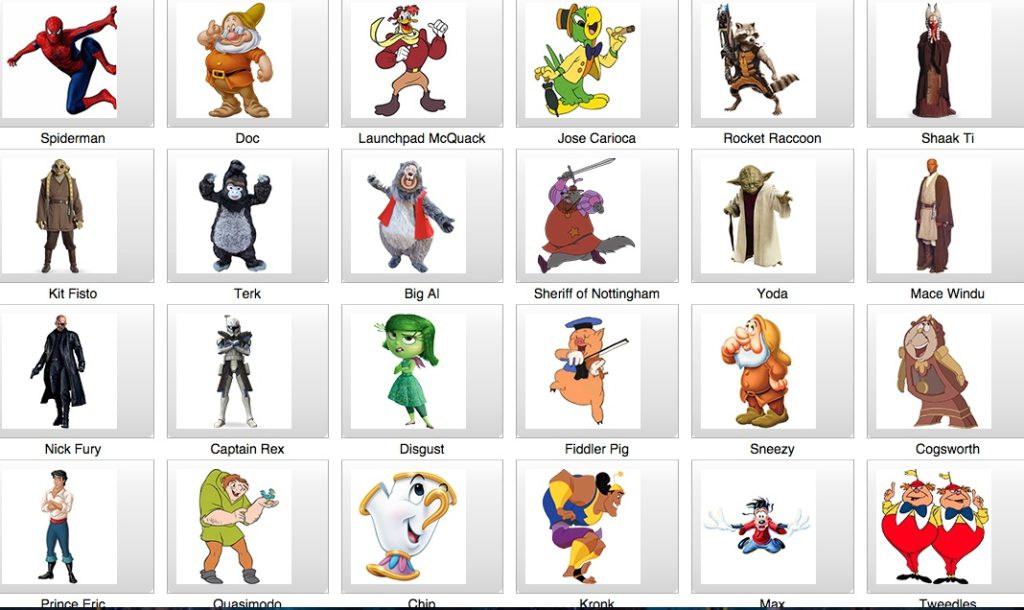
Image Source: Magical distractions
Tools for the Character
There is a case to be made that the tools you use are not all that important. In theory, you can create a character just as well using pen and paper as a computer. However, even the best tools won’t mask bad ideas or a lack of art foundations.
The tools you employ are determined mainly by your desired style, personal choice, and the file type needs of the customer. For example, some painting techniques, such as watercolor, can be reproduced on a computer, although they usually look best when created in their original medium. Personal preference, of course, is based on your own artistic experience.
Finally, your decision should be based on the client’s preferred image file type. Most clients nowadays prefer a digital file for storing and sharing conveniently, usually a source file from a program like Photoshop and a primary image type like JPEG.
While the client’s decision determines the format of your final design product, you can use any tool you like before that. Many of the character painters we spoke with, for example, prefer to draw preliminary sketches on paper.
Breathe Life into the Character
Preparation
Character designers must study and prepare before drawing any lines. A thorough study of anatomy, shape language, psychology, color theory, and the story is essential for this training. This video on anatomical shape language is one of many resources available to new character designers looking to improve their skills.
Understanding the fundamental principles that go into excellent character design is preparation. The real magic, however, happens when these principles are put into reality.
Writing a Prompt
It can be challenging to develop a unique and memorable character from scratch. There are a plethora of options to examine. The tale is always the starting point for a great character designer. Consider composing a prompt to help you focus on a character’s role in the plot.
A prompt will provide you with a clear, specific route in which to take a character. For example, look at the video below on how a prompt might lead to a clear and compelling character design.
Character Design – Thumbnailing
Anatomy of a Character
It may seem obvious, but knowing human anatomy is essential for anyone who wants to construct an accurate 3D model. The same caution should be used when employing animals or other objects as characters. Basic anatomy things to include are bone construction, which is essential because the human body has over 206 bones.
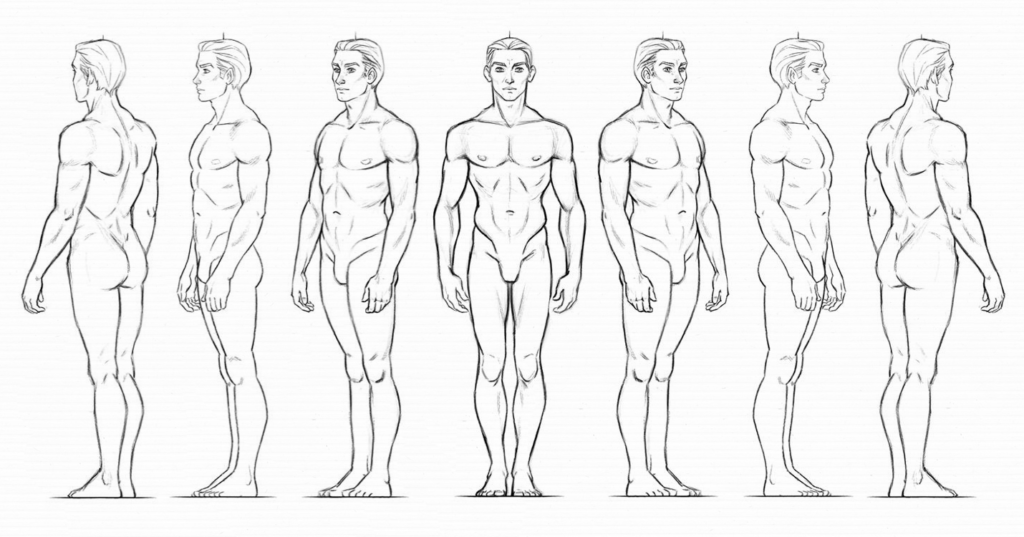
Image Source: Character Design References
The following are the main pieces that character designers should be familiar with:
- Head: The forehead, eyes, nose, ears, lips, mouth, and jaw.
- Torso: Ribcage, hips, and stomach’s soft “twistable” portion, among other things.
- Arms: Shoulders, upper arm, elbow, and lower arm
- Hands: Wrist bone, palm, and Fingers.
- Legs: Upper leg, lower leg, and knee
- Foot: Heel, midfoot, and toes.
Style
In terms of style, your character should be appropriate for the project. In brief, whether it is for a video, animation, or website, it should not look foreign amid its surroundings or universe. Choose a style that is appropriate for your project. It could be flat, detailed, semi-realistic, or something else entirely.
Mood
What does your character add to the tale or project, and how does he fit in? Is your character a shopkeeper, a client, a teacher, or something else entirely? Is he intelligent, cheerful, formal, or goofy? The general atmosphere is also something that you should consider in the design.

Poses
Designers may want to experiment with different physical poses their characters might find themselves in when practicing drawing them. Experimenting with different facial expressions, action shots, fighting stances, and other aspects of the character’s personality is a terrific method to discover and define who they are and how they conduct themselves. Breaking down a drawing into basic shapes is the key to creating poses. Consider it a deconstruction of the previously discussed anatomical landmarks.
Gather Resources and References
Inspiration is necessary for all forms of creativity. To get character design ideas going, gather a variety of references from numerous sources. These can be from any medium, including animation, photography, film, comic books, and paintings. As they move on to the following phase, developing a thumbnail, many character designers have their favorite sources on hand.
Construct a Thumbnail
Making a thumbnail is the initial step in putting a character designer’s ideas on paper (physical or digital). This is a safe environment where artists can explore and make scribbles to get a sense of what direction they want to go in.

Thumbnails can be approached in a variety of ways. Beginning with silhouettes is a frequent and effective strategy. Character designers can use silhouettes to create a blueprint that can be iterated on with further depth. This and other thumbnail tricks are demonstrated in the video below by Kimby Arting.
How to Improve Character Thumbnail
Finalize Details and Linework
Artists begin finalizing the character design once they are satisfied with their thumbnails and sketches. Character designs are fleshed out and taken to thoroughly condition the character by adding linework, color, and detail. Refinement is a common theme in character design. This does not always imply adding to a character’s design but instead improving it. It’s never easy to come up with a character. After all, character designers create a fully-realized personality with distinct aesthetic features from thin air. Character design is a very deliberate process that involves both art and storytelling prowess. Try to focus on what makes a great character design unique and the choices a character designer draws to make it the next time you see one.
Unique and Appealing Character Designs
Drawing the Character
There are many ways to succeed in everything, but here are a few steps a designer can take when starting to sketch their character.
First Step: Break the drawing down into basic shapes and lines.
Use a sphere for the chest and head, a cube for the hips, a triangle for the chin and feet, and lines for every limb and finger.
Second Step: Include the anatomy.
The next step is to add body landmarks to your sketch. This stage expands on the previous drawing layer while remaining loose and exploratory.
Third Step: Fill in the blanks with information about your character.
Now is the moment to flesh out the character’s personality and investigate the aspects of creative design.
Designing the Character
It is crucial to determine who a character is and how the viewers should feel before developing their appearance.
Character Traits
When it comes to character traits, it is a good idea for designers to jot down 3 to 5 adjectives that sum up what they want the audience to feel when they see the character.
Showcasing the Traits
Now is the time to consider and develop ways for the character’s aesthetics to represent who they are.
Eyes
“Eyes are the gateway to the soul,” as the saying goes, and the form of a person’s eyes can reveal a lot about them. A furious soul is represented by a furrowed forehead, whereas pronounced laugh lines represent a joyous spirit. Eyebrow forms can tell a lot about a person’s personality.
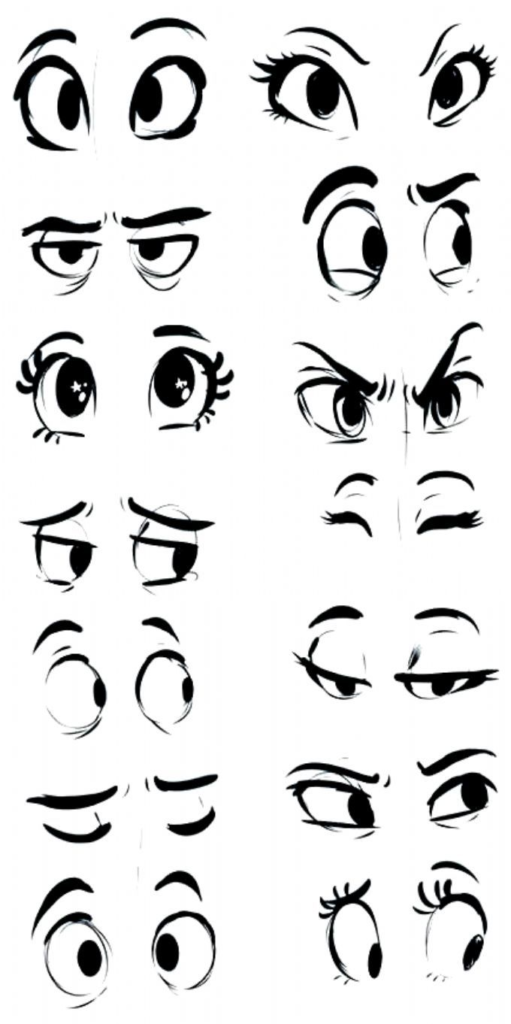
Jawline
A character with a strong jawline might convey to the viewer that they are aggressive, rugged, and confident. Softer jawlines, on the other hand, express feelings of youth and friendliness.

Nose Shape
Characters’ noses come in a variety of shapes and sizes. A nose that is hooked or crooked suggests a secret background or a malicious scheme. Characters with small button noses are charming, childlike, and innocent. Strong, angular noses are ideal for characters who are self-assured or tough.

Ears
Ears can depict otherworldly creatures such as elves or orcs. They can also be adorned with jewelry that reveals information about the wearer. For example, someone who wears magnificent traditional earrings could be a member of royalty. On the other side, rough metalwork earrings could be worn by characters who are more misunderstood.

Shape Theory
Circles, squares, and triangles are the three fundamental shapes that you can use to design characters. To the subconscious mind, each form has a meaning. This shape language runs throughout the figure, from the character’s basic body shapes to details like their eyes or ears.
Circles
Characters with the words soft, sweet, kind, gentle, open, accessible, honest, caring, young, innocent, unsuspecting, unsure, worldly, nature-driven, etc., can be represented by circles.
Squares
Strong, confident, trustworthy, cocky, boisterous, action-oriented, driven, forceful, devoted, arrogant, dependable, and even-tempered characters can all be represented by squares.
Triangles
Triangles can be used for villains, but you can also use them for people who are quick, calculating, clever, hot-headed, rogue-like, stealthy, emotional, loving, quick-thinker, slick, graceful, and so on.
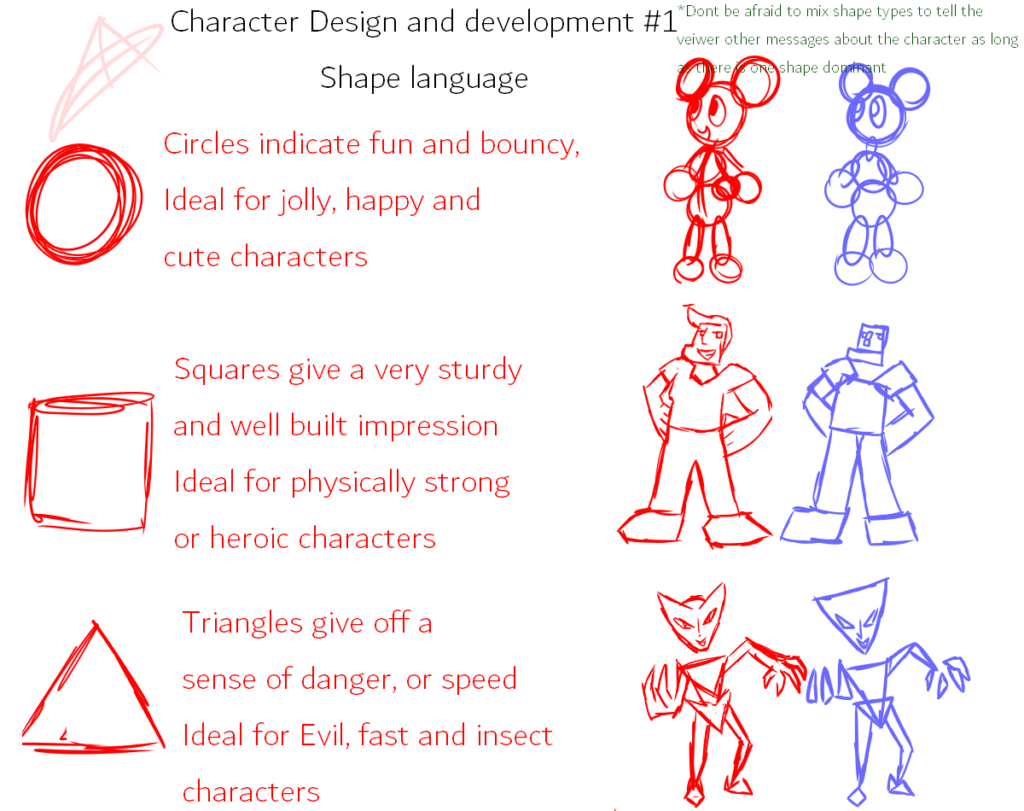
Start Designing in 3D
Character designers now have a reference library, have understood the fundamentals of design theory, and have studied the fundamentals of sculpting. Therefore it is time to consider producing the character’s concept art.
That indicates the design is nearing completion and will soon be available in Autodesk Maya, the industry standard for creating TV shows, games, and movies. Maya has been used to produce both charming and stylish characters, as well as more photo-realistic characters. In addition, Maya’s distinct modeling pipeline enables artists to create whatever picture they can imagine.

Cartoon Network is credited with giving some of the most iconic characters to the entertainment industry. Image Source: Twitter
Model Sheets
A model sheet is also known as a character board, character sheet, character study, or simply a study in the visual arts. It is a document used to assist and standardize a character’s appearance, poses, and movements in mediums such as animation, comics, and video games. When numerous artists create an animated film, game, or comic, model sheets are required to help preserve character continuity from scene to scene. A single animator may only work on one of the hundreds of shots necessary to finish a feature film in animation. An off-model refers to a character who is not drawn according to the production’s standardized model.
Purpose
In the past, model sheets were also employed to maintain visual continuity for long-running cartoon productions of short features, such as the Looney Tunes or Merrie Melodies series. Model sheets are posed cartoon or comic strip characters. They serve as a reference template for several artists working on a long or multiple-edition work of art such as a comic book, animated film, or television series. Model sheets often show the character’s head and body from various angles and sketches of the character’s hands and feet and various fundamental facial expressions.
Model sheets ensure that, despite the efforts of several or more artists, their work is cohesive, as if a single artist did the drawings. They depict the structure, proportions, clothes, and body language of the character. To show a character’s deeper emotional and physical expressions, many pages are required. Deviations from the model may be allowed in the final animation depending on the whims of the animation director. This “tightness” of the model is a crucial distinguishing feature in the overall animation style, as it represents a balance between expressiveness and smoothness/consistency. As a result, model utilization varies greatly between studios and projects. Model sheets are also helpful for making costumes and sculpted miniatures.
Specific Annotations
Model papers also include suggestions on creating specific character elements, such as their head shape, hair length and style, and the size and position of their eyes and mouth.
Examples: Some model sheets are dedicated to specific completed or continuing projects, while others are broader and cover the whole character library of a company. Aside from Disney, other animation studios and enthusiasts also offer model sheets on their websites. However, to present the notion of model sheets, Larry’s Toon Institute presents a generic model sheet.
Copyright and Fair Use
Model sheets are often copyrighted content owned by the animation studio that generated customizing rather than putting it out in the public domain. Model sheets are designed for artists who work for the studios that control the characters. These templates are created for the same purpose. Also, other artists, such as fan artists, benefit from them by customizing the characters according to their colors.
Conclusion
Character design is essential. Characters are more than just a visual depiction of a concept or a mascot that promotes a product or a study. In reality, well-crafted characters have personality and charm, which draws viewers into your style of storytelling. However, creating a likable character that will pull people in and stimulate their interest in your product, website, or presentation is a difficult task. To make it happen, character design necessitates a great deal of knowledge and ingenuity.


